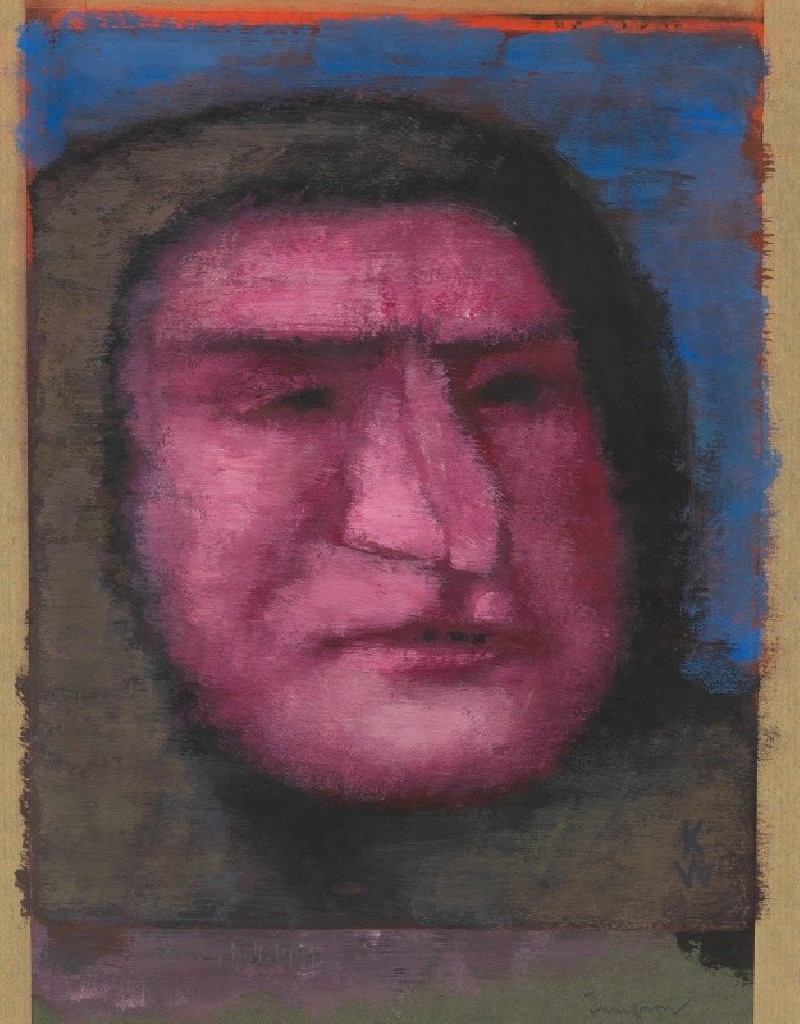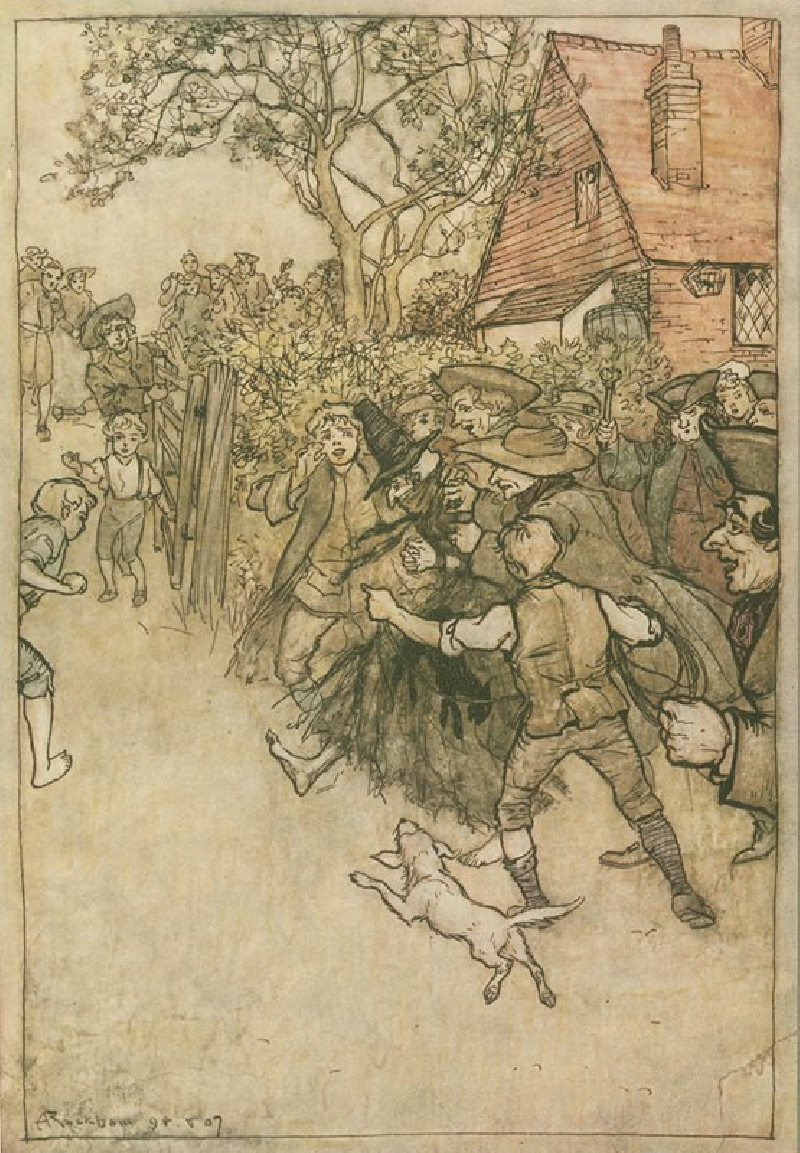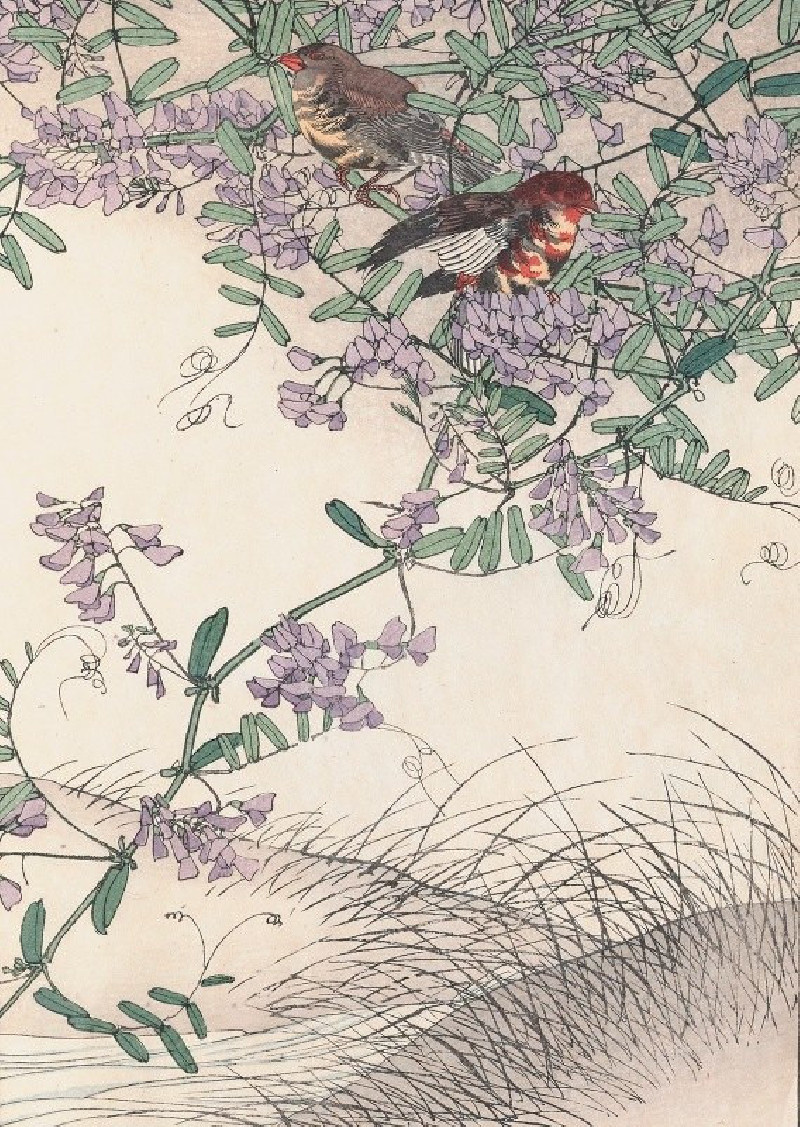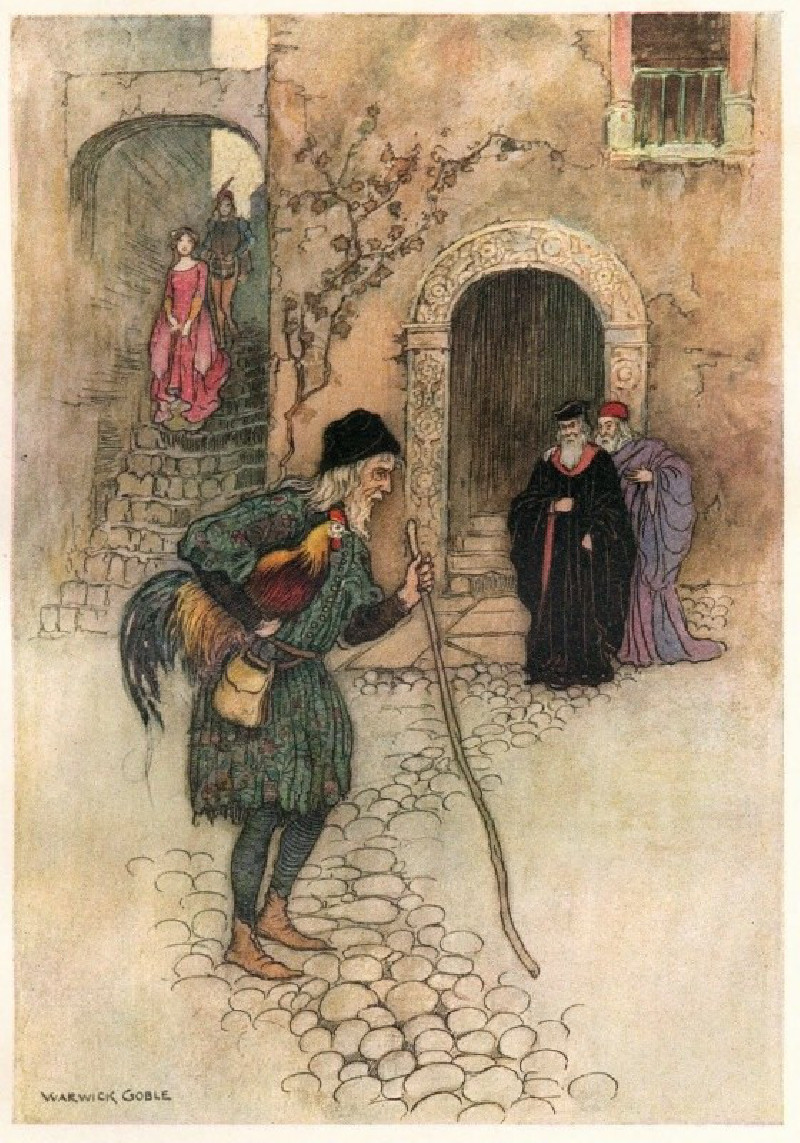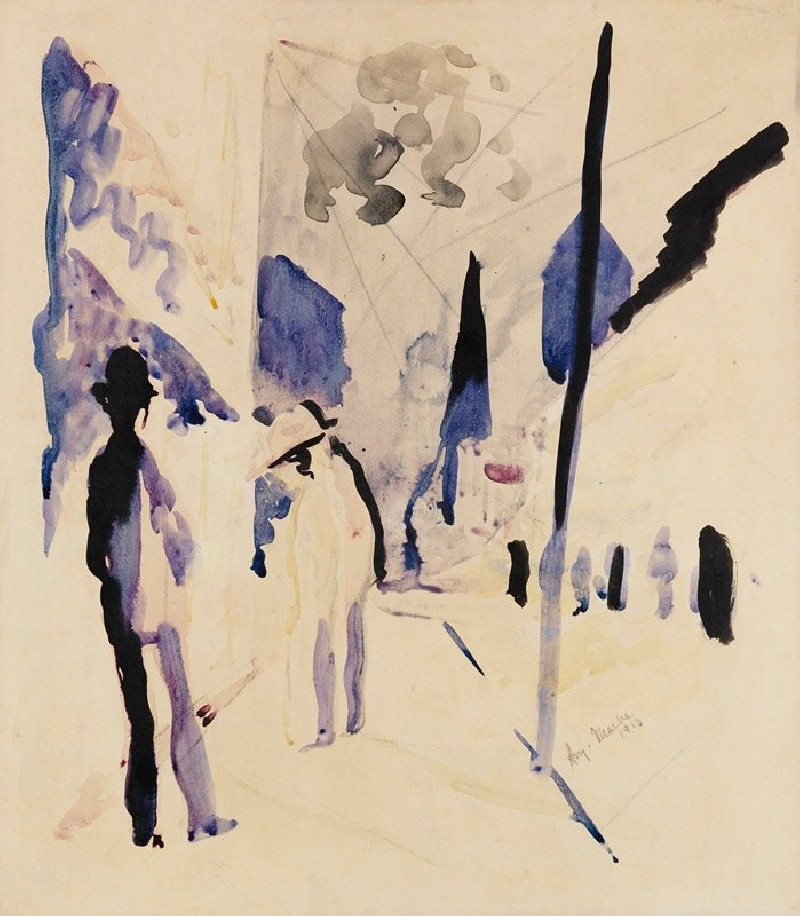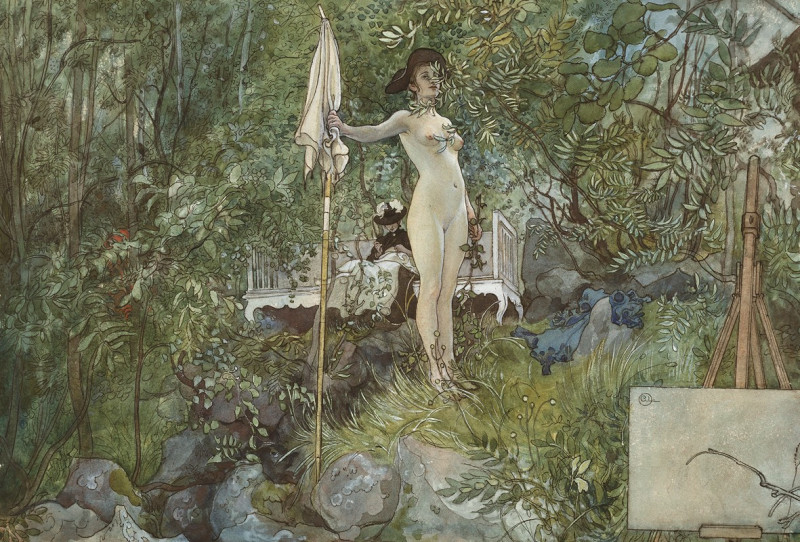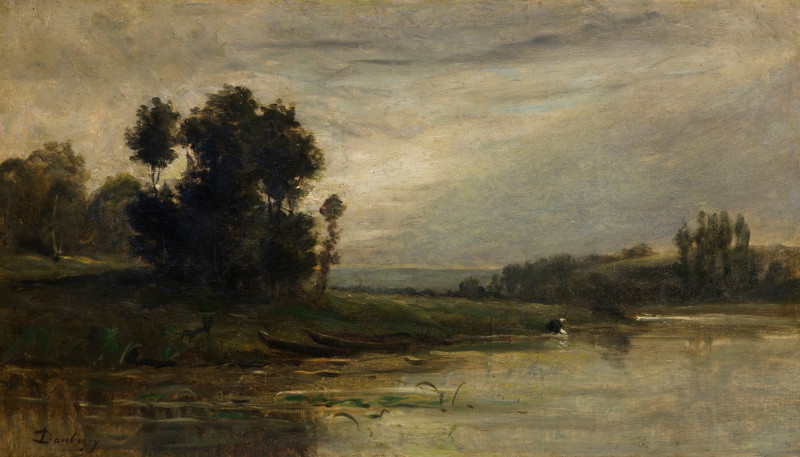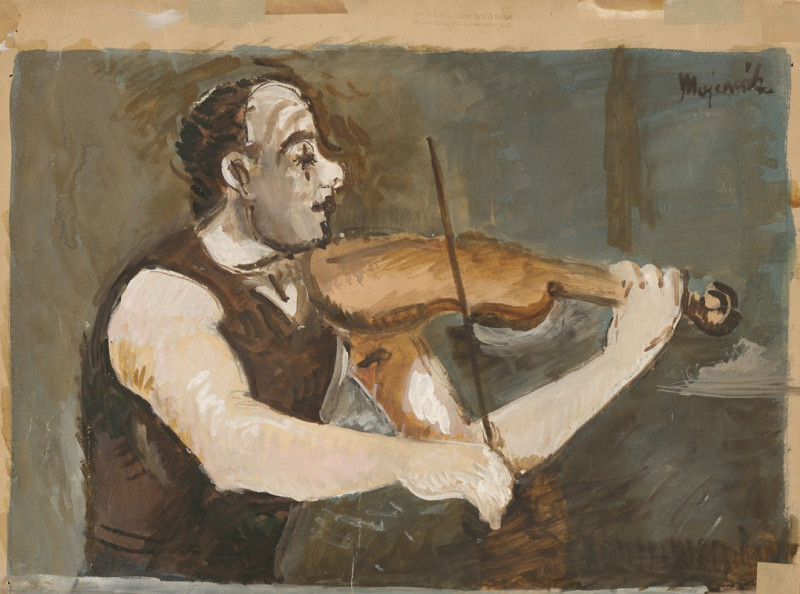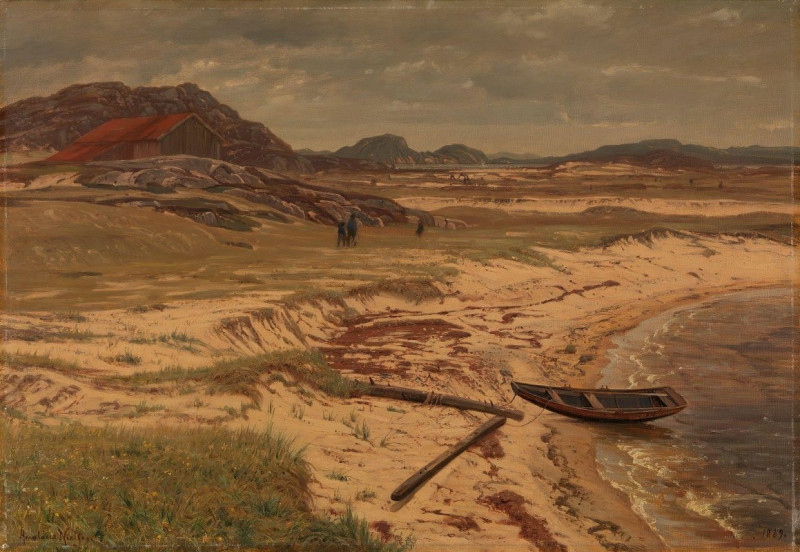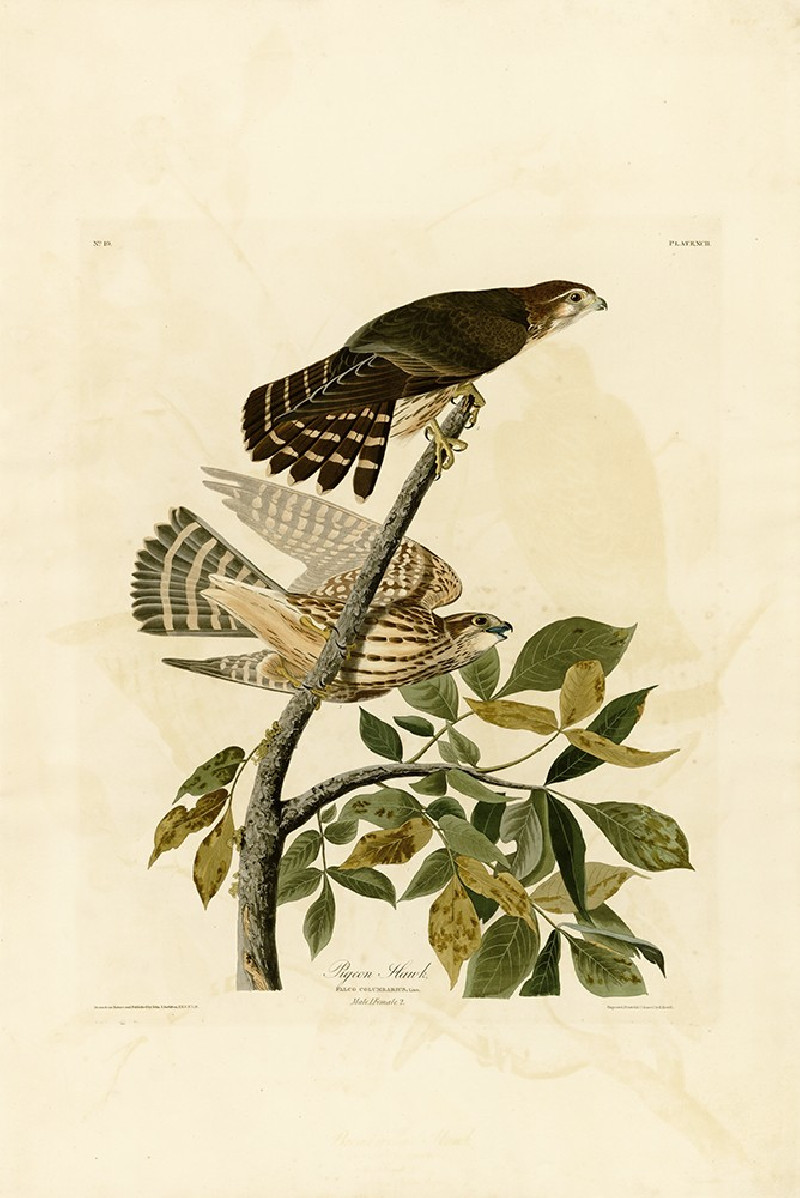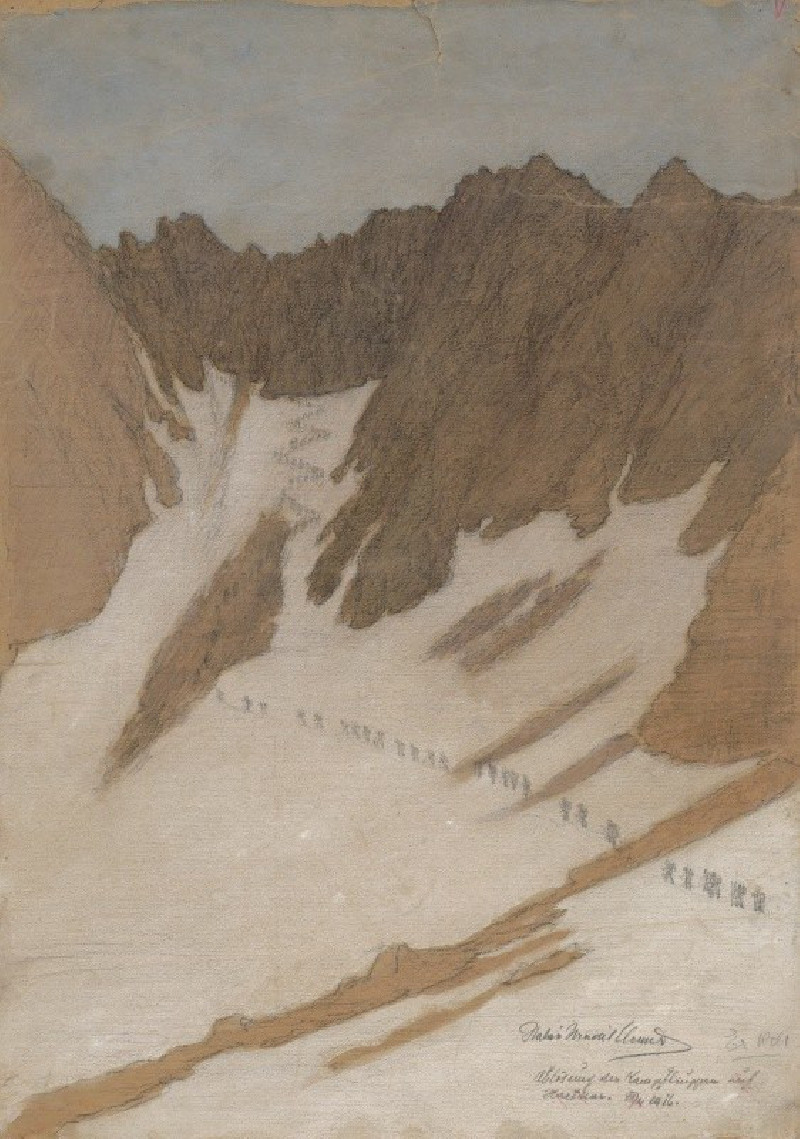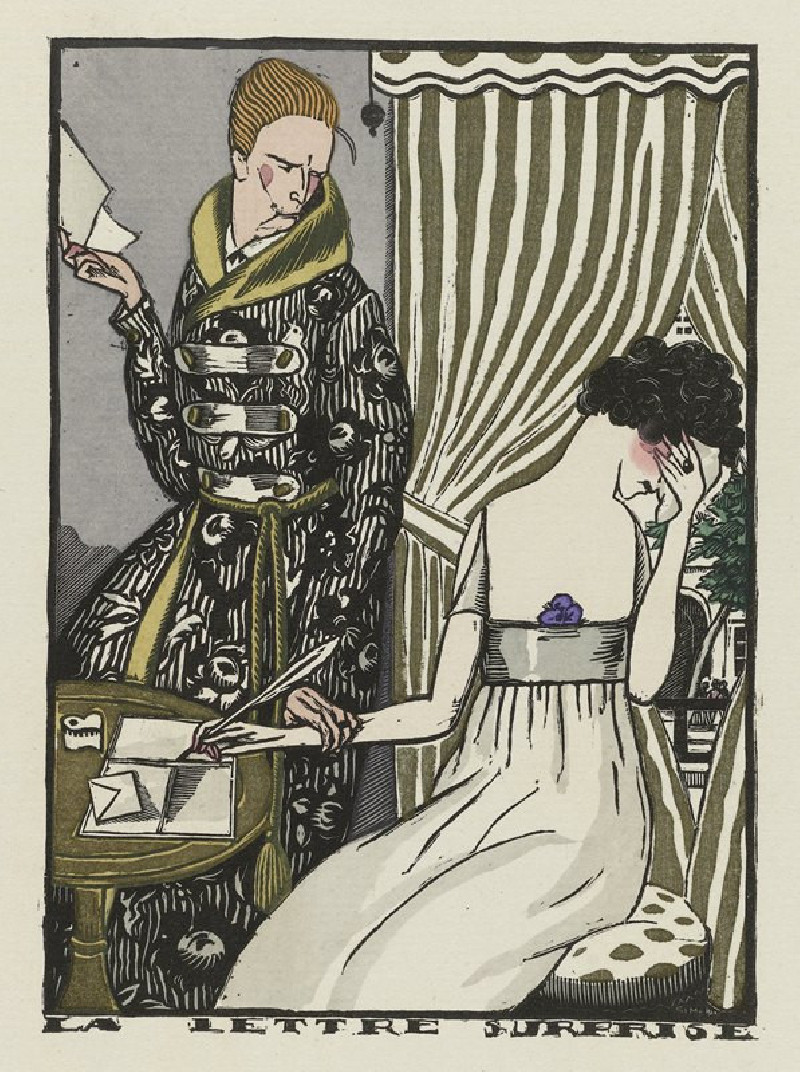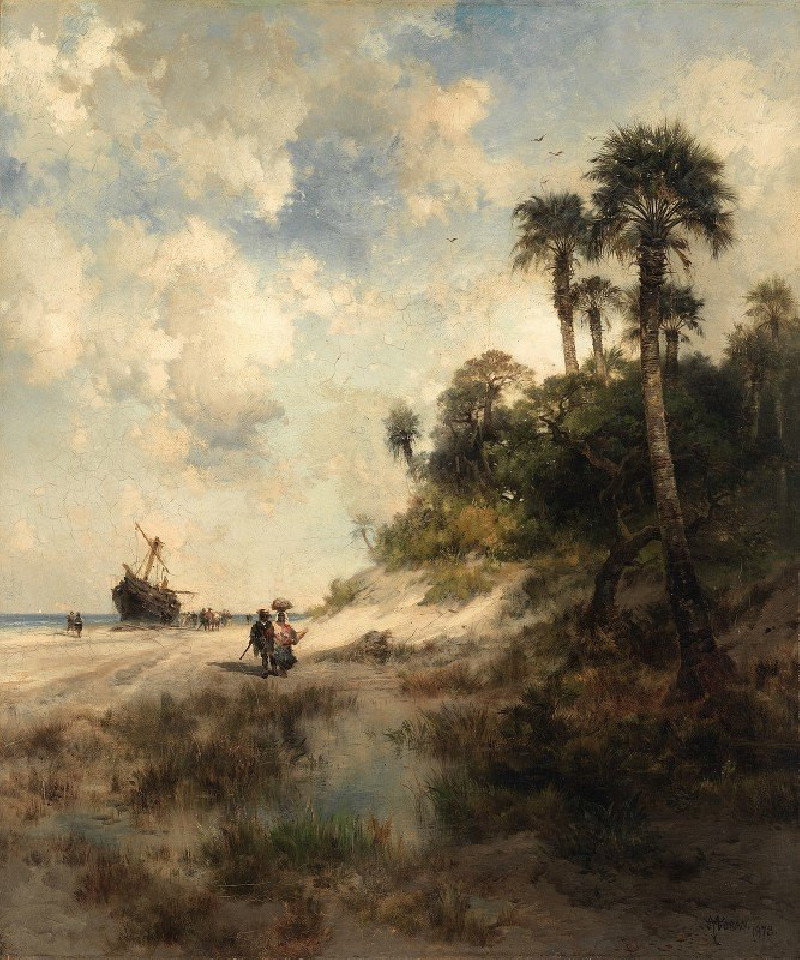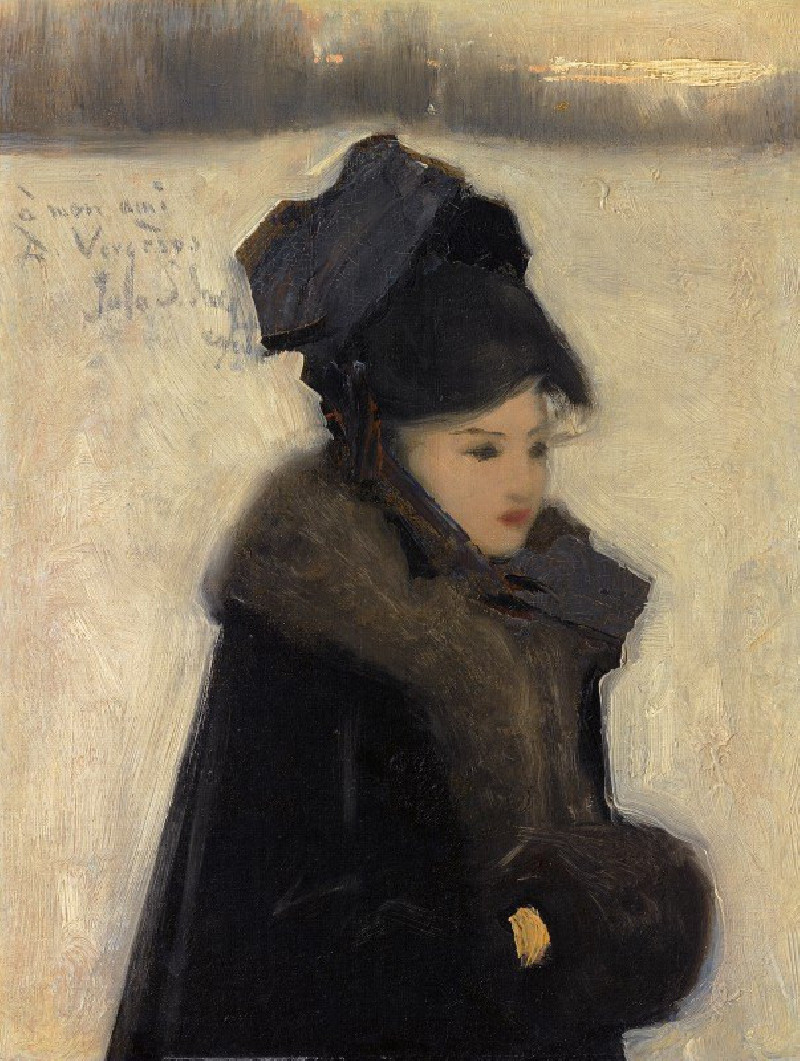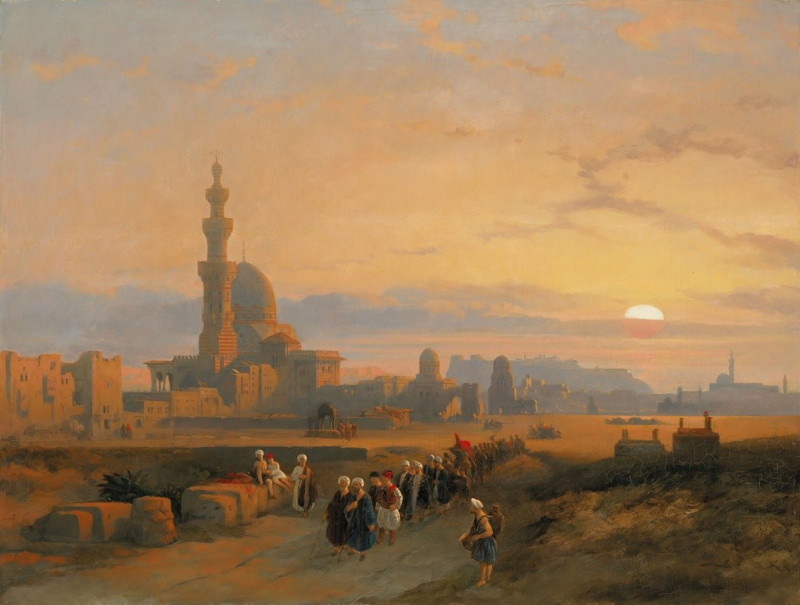Der (1934)
Technique: Giclée quality print
Recommended by our customers
More about this artwork
"Der," a compelling painting created by Karl Wiener in 1934, stands out as a powerful example of expressionism. This artwork encapsulates a depth of emotion and character study through the portrait of a solitary figure. In the painting, the face of a man emerges as if shrouded in contemplation or bearing the weight of silent knowledge. His features are rendered with heavy, somber tones of blue and purple, communicating a palpable sense of introspection or melancholy.The background is minimalistic, composed of earthen hues that subtly frame the central figure. The brushwork contributes to the overall impression of intensity and psychological depth. Karl Wiener employs color and texture to evoke a visceral reaction from the viewer, inviting them to ponder the internal world of the portrayed figure."Der" is an exemplar of Wiener's mastery in capturing complex human emotions. This painting is not just a visual representation but a window into the soul, reflecting themes of identity, existence, and the human condition.

